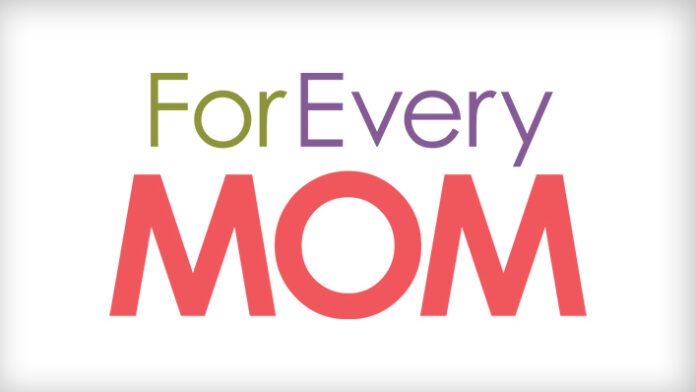It wasn’t until we met with her therapist that I learned that behavior issues and anxiety issues could look very similar. It can be challenging to distinguish between the two. I learned that she wasn’t misbehaving on purpose; she was reacting to her anxiety. I also learned that she needed two things from me. She needed me to educate myself on anxiety and she needed me to change how I responded to her behavior.
Like all parents, I will do everything in my power to protect my children, and sometimes that means being selfless. Just like when I let go of my fear and jumped off my innertube to rescue my daughter, I let go of my former way of dealing with her behavior and jumped into learning how to help her. Instead of slamming doors, yelling back, and punishing her, I learned what she needed most from me was for me to be calm. I also began researching and learning about anxiety so I could best understand her.
During my research, I found a quote from the award-winning author of Little Hearts/Gentle Parenting Guide, L.R. Knost. It put things in perspective for me. She says, “When little people are overwhelmed by big emotions, it’s our job to share our calm, not join their chaos.”
I found this to be true because as I started to change my daughter began to change as well. Instead of slamming the door back, I would tell her I was here for her when she was ready to talk. Instead of yelling, I told her I needed a timeout and would talk when I was ready. This allowed us to collect our own thoughts and calm ourselves so we could have a productive and peaceful conversation.
Here are 6 Ways to Help Your Child with Anxiety:
- Breathe slowly and deeply together. You can count slowly to five as you breathe in, and then five as you breathe out. If this is too much, try starting with shorter counts. If it works for them, gradually encourage your child to breathe out for one or two counts longer than they breathe in, as this can help their body relax.
- Sit with them and offer calm physical reassurance. Feeling you nearby, or holding your hand or having a cuddle if it’s possible, can be soothing.
- Reassure them that the anxiety will pass and that they will be okay. It can be helpful to describe it as a wave that they can ride or surf until it peaks, breaks and gets smaller.
- Ask them to think of a safe and relaxing place or person in their mind. If you haven’t tried this before, agree with them when they’re feeling calm what this place or person is. It could be their bedroom, a grandparent’s house, a favorite place in nature or somewhere they’ve been on holiday. Sometimes holding a memento of a relaxing place, like a seashell or pebble, can help.
- Try using all five senses together. Connecting with what they can see, touch, hear, smell and taste can bring them closer to the present moment and reduce the intensity of their anxiety. You might think together about five things they can see, four things they can touch, three things they can hear, two things they can smell and one thing they can taste.
- Encourage them to do something that helps them to feel calmer. This could be running, walking, listening to music, painting, drawing or coloring-in, writing in a journal, watching a favorite film or reading a favorite book.
Children with anxiety have big emotions that are hard for them to understand and make sense of. They count on their parents to be their protector and compass, which means it matters greatly how we respond to them during the chaos. Using our tubing trip as a parallel, the outcome would have been very different had I stayed on my inner tube in fear, rather than jumping off to save my daughter. If you are surprised by your child’s anxiety diagnosis, jump off and dive in. Push stigmas and fear aside and go all-in because it’s equally important to help your child with mental health as it is when they’re in physical danger. Learn all that you can and change what needs to be changed because the outcome is worth it.
***
Read more on how to support a child with anxiety at YoungMinds.org.uk.


